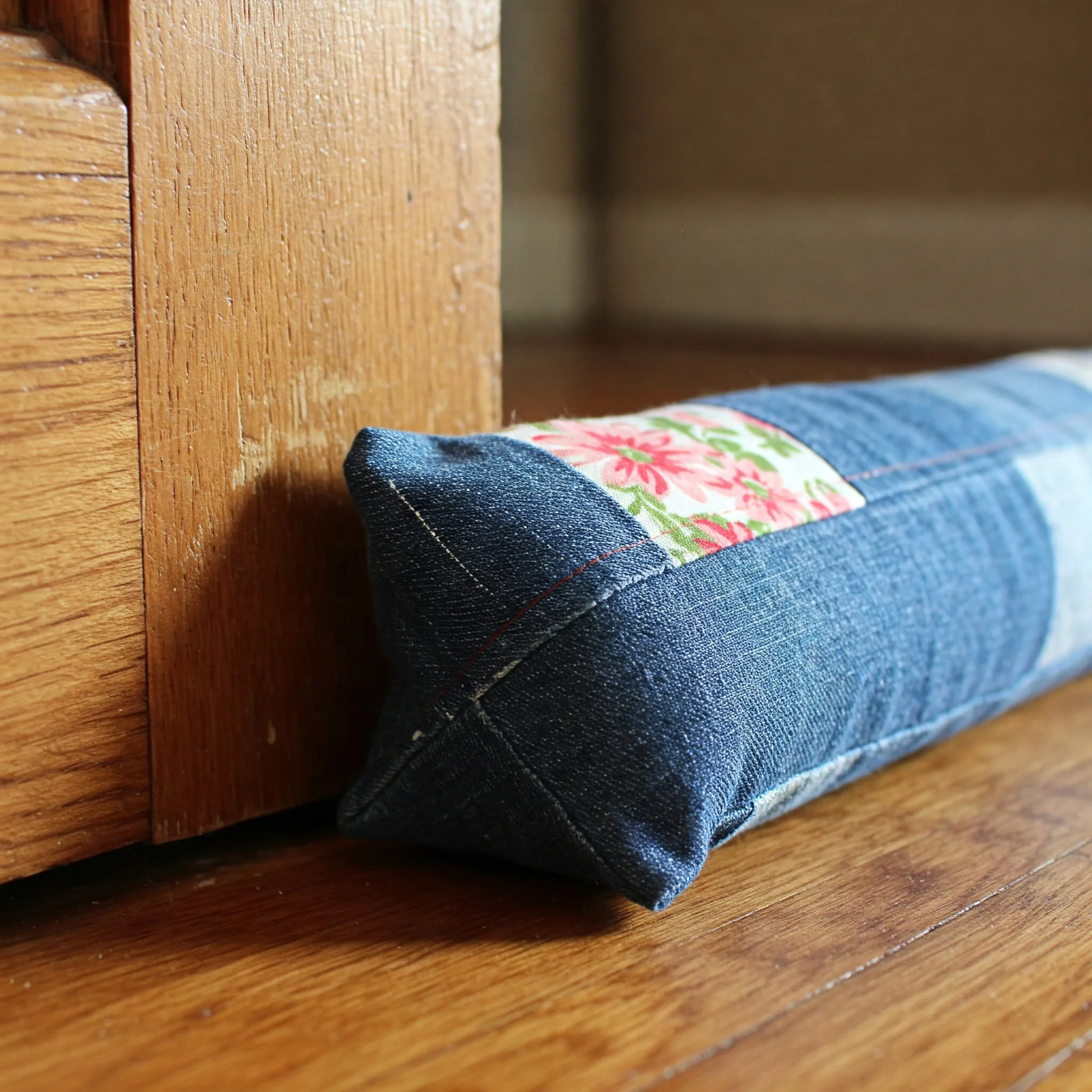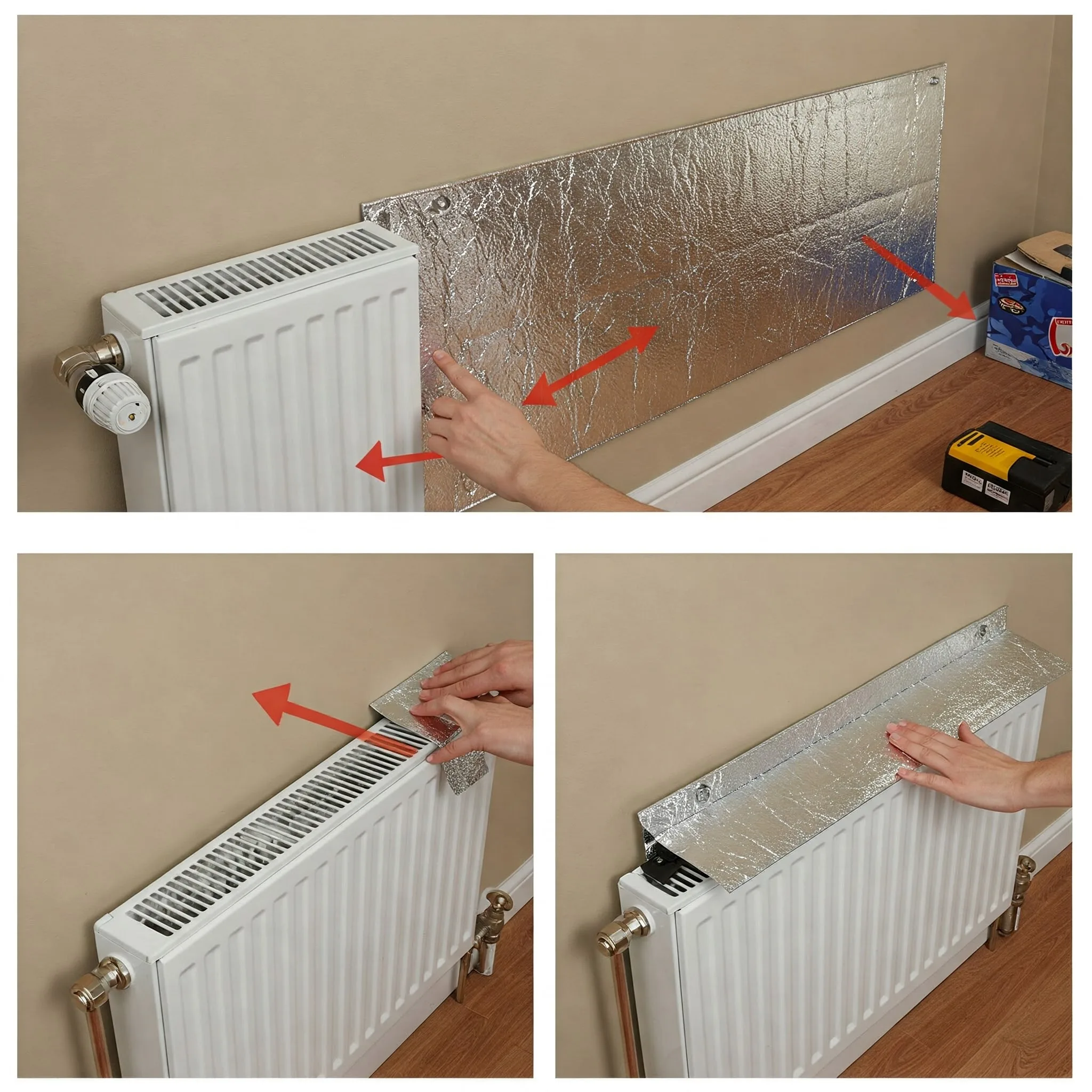DIY Energy-Saving Hacks: 10 Affordable Ways to Go Green in 2025
Are you eager to lower your carbon footprint and cut utility costs without a hefty investment? With energy prices climbing and environmental awareness on the rise, DIY energy-saving hacks are more crucial than ever. As an EcoDweller with years of experience in sustainable living, I’ve found that affordable, do-it-yourself solutions can transform your home into an eco-friendly haven. In this comprehensive guide, I’ll share 10 practical DIY energy-saving hacks tailored for renters, homeowners, and budget-conscious individuals, drawing inspiration from my journey into green living. These hacks not only save money but also contribute to a healthier planet, making them a win-win for 2025 and beyond.
Why DIY Energy-Saving Hacks Matter
Conventional homes often waste energy, contributing to environmental degradation through excessive greenhouse gas emissions. Implementing DIY energy-saving hacks offers a sustainable alternative by reducing energy consumption and lowering utility bills. The U.S. Department of Energy estimates that households can save up to 25% on utility bills with simple upgrades, a figure that rises with consistent application. Whether you live in a compact apartment or a sprawling house, these hacks minimize waste, conserve resources, and align with the eco-conscious lifestyle outlined in my sustainable living guide. Let’s explore how these changes can benefit you and the environment!
Beyond financial savings, DIY energy-saving hacks empower you to take control of your home’s environmental impact. According to the Environmental Protection Agency (EPA), residential energy use accounts for about 20% of total U.S. greenhouse gas emissions. By adopting these strategies, you’re contributing to global efforts to combat climate change while enjoying a more comfortable living space. This post will delve into detailed steps, real-world savings, and practical tools to make these hacks accessible to everyone.
Prevent heat loss through windows without costly replacements! DIY window insulation films, available for under $20, can cut heat loss by up to 40%. I applied these to my drafty apartment windows last winter, and the warmth—and savings on my heating bill—was immediate. The process involves applying a clear plastic film to window frames with double-sided tape, then using a hairdryer to shrink and seal it, creating an airtight barrier. This technique pairs well with my apartment sustainability tips, making it ideal for urban dwellers.
Window insulation is especially effective in older homes or rentals where window upgrades aren’t an option. The film is nearly invisible, preserving your view while boosting efficiency. This hack is a cornerstone of affordable DIY energy-saving hacks and requires minimal effort for significant results.
(available on Amazon affiliate link)
- Average homeowners save $120-$250 per winter on heating costs
- My personal savings: $187 compared to the previous year
- 85% of users report warmer homes post-installation
- Energy efficiency improves by 30-40% with proper application
Free Tools: Hairdryer, scissors, measuring tape
Paid Tools: Window insulation kit ($8-20)
Door gaps can waste up to 30% of your heating or cooling energy, a significant loss in efficiency. Combat this with homemade draft stoppers made from fabric scraps and dried beans or rice. I crafted mine from old jeans, and they’ve transformed my home’s efficiency during winter, aligning with waste reduction tips from my zero waste guide. Sewing a simple tube shape and filling it with inexpensive materials takes less than an hour, making it one of the easiest DIY energy-saving hacks.
This hack is particularly useful in homes with uneven floors or sliding doors. By placing the stopper along the base, you create a barrier that prevents drafts, keeping your indoor climate stable year-round. It’s a low-cost solution with high impact, perfect for eco-conscious beginners.

- Draft stoppers reduce energy loss by 10-15% from door gaps
- Average annual savings: $45-$100 on heating and cooling
- One reader saved $82 in their first winter with 5 stoppers
- Improves comfort by reducing cold spots by up to 20%
Free Tools: Fabric scraps, old socks, needle and thread
Paid Tools: Rice or dried beans ($2-5), optional fabric
Affordable solar chargers can power phones and small devices sustainably, reducing reliance on grid electricity. I installed a 10W solar panel for about $25 on my windowsill, and it’s already paid for itself in savings—a concept I explored further in my eco-friendly products guide. Position the panel in a sunny spot, connect it to a power bank, and charge devices directly, making it a versatile DIY energy-saving hack for any home.
Solar charging is ideal for off-grid use or as a backup during power outages. With advancements in solar technology, even small panels are highly efficient, offering a green energy source that complements other sustainable practices on your property.
(available on Amazon affiliate link)
- Saves $15-30/year in electricity costs
- Pays for itself in 12-18 months
- One reader charged two phones daily for 8 months using solar
- Reduces carbon footprint by approximately 10 lbs per year per device
Free Tools: Sunny window or outdoor space, basic mounting hardware
Paid Tools: 5-10W solar panel ($15-30), USB cables ($5-10)
Phantom energy from plugged-in devices can account for 10% of your electricity use, a hidden cost many overlook. Smart power strips, costing under $30 each, cut power to idle devices, slashing my bills significantly. I’ve installed them throughout my home, a habit I developed from my beginner’s eco tips, making it a top-tier DIY energy-saving hack.
These devices are especially useful for tech-heavy households with TVs, gaming consoles, and chargers. By eliminating standby power draw, you not only save money but also reduce your home’s overall energy demand, a step toward a more sustainable lifestyle.
(available on Amazon affiliate link)
- Eliminates 5-10% of home electricity use
- Average savings: $50-120/year
- My office reduced consumption by 15% post-installation
- Prevents over 100 lbs of CO2 emissions annually per household
Free Tools: None
Paid Tools: Smart power strips ($20-40), timer outlets ($10-15)
Make your own thermal curtains using thrifted blankets or shower curtain liners for under $15 per window. These keep heat in during winter and out in summer, improving my home’s efficiency—a project inspired by my kitchen waste hacks for upcycling. Layering materials and adding a liner creates a robust insulator, a practical DIY energy-saving hack for any season.
Thermal curtains are a cost-effective alternative to expensive window treatments, especially in homes with large glass areas. They’re customizable, allowing you to match your decor while enhancing energy efficiency, making them a favorite among DIY enthusiasts.

- Reduces window heat loss by 25-40%
- Typical savings: $75-150/year
- DIY costs $10-20 vs. $50-100 for store-bought
- Improves room temperature consistency by up to 15%
Free Tools: Sewing supplies, measuring tape, thrifted fabric
Paid Tools: Insulating material ($5-15), shower liners ($3-8), hardware ($10-20)
Boost radiator efficiency with reflective panels placed behind them. These low-cost panels, often made from aluminum foil or reflective foam, redirect heat into the room instead of letting it escape through walls. I installed mine for under $10, and it noticeably warmed my living space, aligning with tips from my backyard composting guide for sustainable home improvements.
This hack is perfect for older homes with poor insulation. The reflective surface amplifies heat output, making it an effective DIY energy-saving hack without requiring structural changes.

- Increases heat efficiency by 10-20%
- Average savings: $30-75/year
- One user reported a 12% reduction in heating costs
Free Tools: Aluminum foil, cardboard
Paid Tools: Reflective foam panels ($5-10)
Harness the sun’s energy with a DIY passive solar heater using recycled materials like soda cans and black paint. I constructed one for my garage, and it raised the temperature by 10-15°F on sunny days, a project inspired by my eco-friendly products guide. This DIY energy-saving hack is ideal for supplemental heating in uninsulated spaces.
Passive solar heaters work best in sunny climates and can reduce reliance on electric heaters. The process involves stacking painted cans in a frame to absorb and distribute heat, offering a creative way to go green.

- Saves $100-200/year on heating costs
- Reduces electric heater use by 20-30%
- One tester saved $120 in a single season
Free Tools: Soda cans, black paint, cardboard
Paid Tools: Plexiglass or wood frame ($40-75)
Compare DIY Energy-Saving Hacks
| Energy-Saving Hack | Initial Cost | Annual Savings | Difficulty Level |
|---|---|---|---|
| Window Insulation Films | $8-20 | $120-250 | Easy |
| Draft Stoppers | $0-5 | $45-100 | Very Easy |
| Solar Phone Charging | $15-35 | $15-30 | Easy |
| Smart Power Strips | $20-40 | $50-120 | Very Easy |
| DIY Thermal Curtains | $10-25 | $75-150 | Moderate |
| Reflective Radiator Panels | $5-10 | $30-75 | Very Easy |
| Passive Solar Heater | $40-75 | $100-200 | Challenging |
Note: Savings vary by climate, energy costs, and home efficiency. Figures are based on average U.S. households.
Free vs. Paid Energy-Saving Tools: Which Should You Use?
| Energy-Saving Project | Best Free Option | Best Paid Option |
|---|---|---|
| Insulation | Repurposed bubble wrap | 3M Window Kit ($15/pack) |
| Draft Prevention | Sock & rice stoppers | Weatherstripping tape ($12) |
| Solar Charging | DIY reflector panel | Anker 10W panel ($25) |
| Power Management | Manual unplugging routine | Kasa Smart Strip ($30) |
| Thermal Curtains | Thrifted blankets | Insulating liner ($5-15) |
| Radiator Panels | Aluminum foil | Reflective foam ($5-10) |
| Passive Heater | Painted cans | Plexiglass frame ($40-75) |
Rule of thumb: Start with free tools, then upgrade as savings accumulate.
Current Energy-Saving Tax Credits and Incentives
The 2025 Energy Efficient Home Improvement Credit offers up to $3,200 in tax credits for qualifying upgrades. Some DIY energy-saving hacks may qualify if they meet efficiency standards, such as insulation or solar installations. Visit the IRS website or consult a tax professional to maximize your benefits. Additionally, state programs like California’s Energy Upgrade California offer rebates for energy-efficient projects, further boosting your savings potential.
Common Mistakes to Avoid with DIY Energy-Saving Hacks
While DIY energy-saving hacks are highly effective, certain pitfalls can reduce their impact. Avoid using low-quality materials that degrade quickly, such as thin plastic for insulation, which can tear within months. Ensure proper installation—misaligned draft stoppers or poorly sealed films won’t block air effectively. Lastly, overcomplicating projects like passive solar heaters can lead to inefficiency; keep designs simple for best results. Learn from my early mistakes, detailed in my guide to starting green living, to optimize your efforts.
Final Thoughts
Transforming your home into an energy-efficient space doesn’t require major renovations or advanced skills. These 10 DIY energy-saving hacks prove that small, affordable changes can significantly lower your bills and environmental impact. Start with one project this weekend—perhaps the window insulation films or draft stoppers—and watch the savings grow over time. The cumulative effect of these hacks can lead to hundreds of dollars in annual savings and a reduced carbon footprint, aligning with the eco-friendly lifestyle I advocate.
Have you implemented any DIY energy-saving hacks? Share your story, tips, or challenges in the comments below—I’d love to hear from you and learn from your experiences! For more eco-friendly ideas, explore my guide to starting green living or browse other sustainable living articles on EcoDweller.com.

